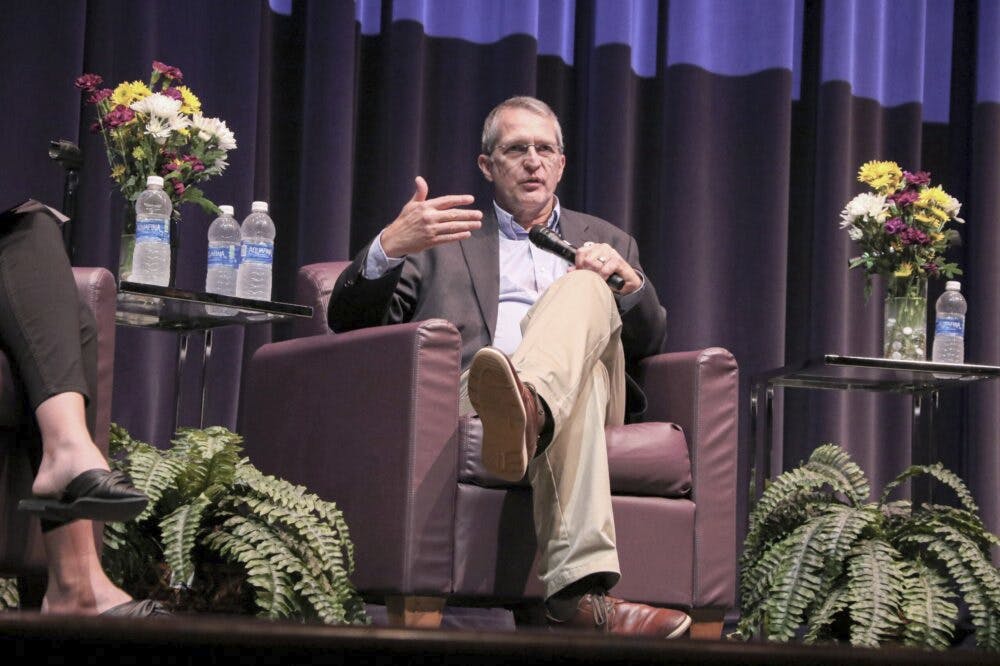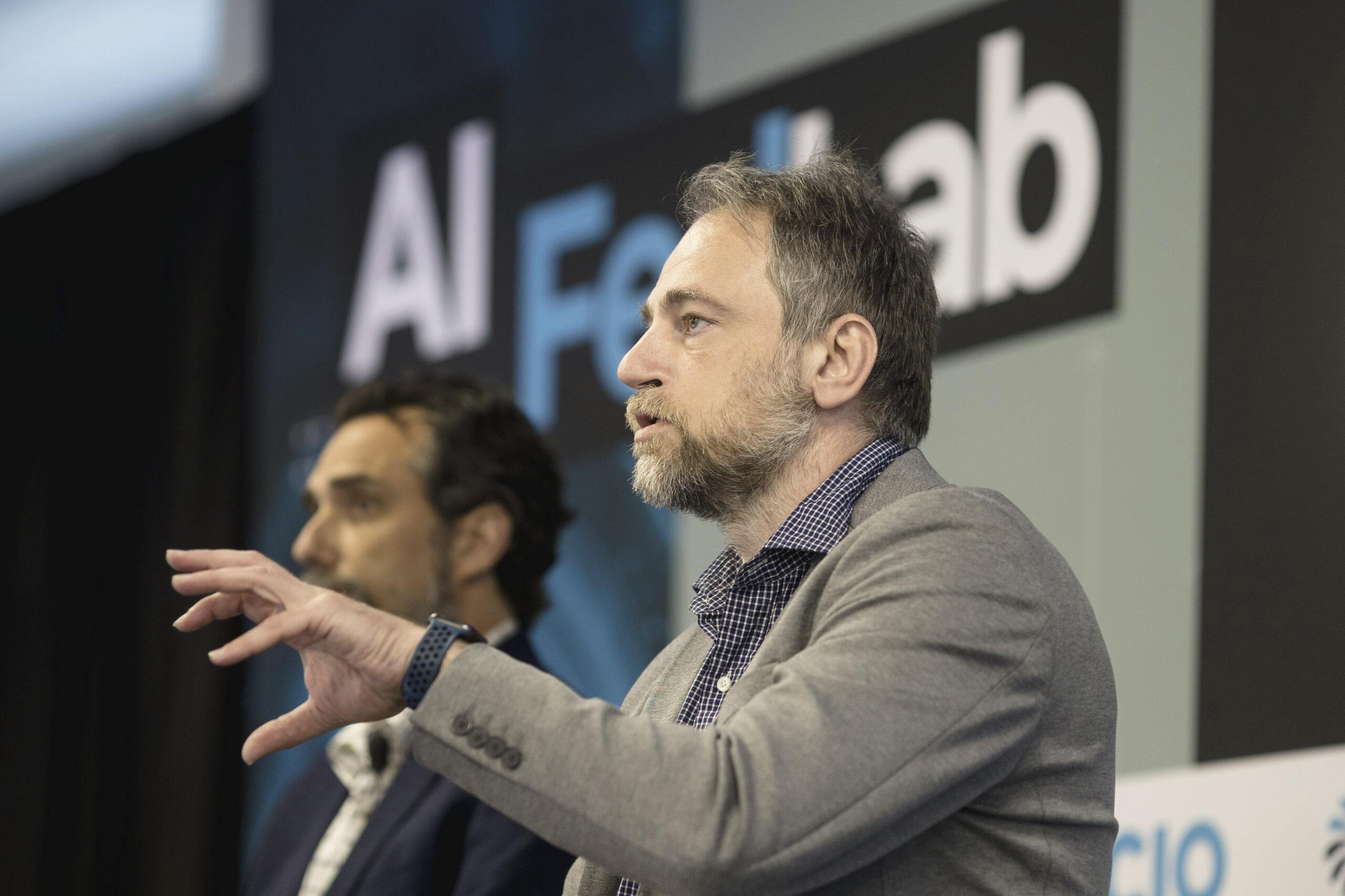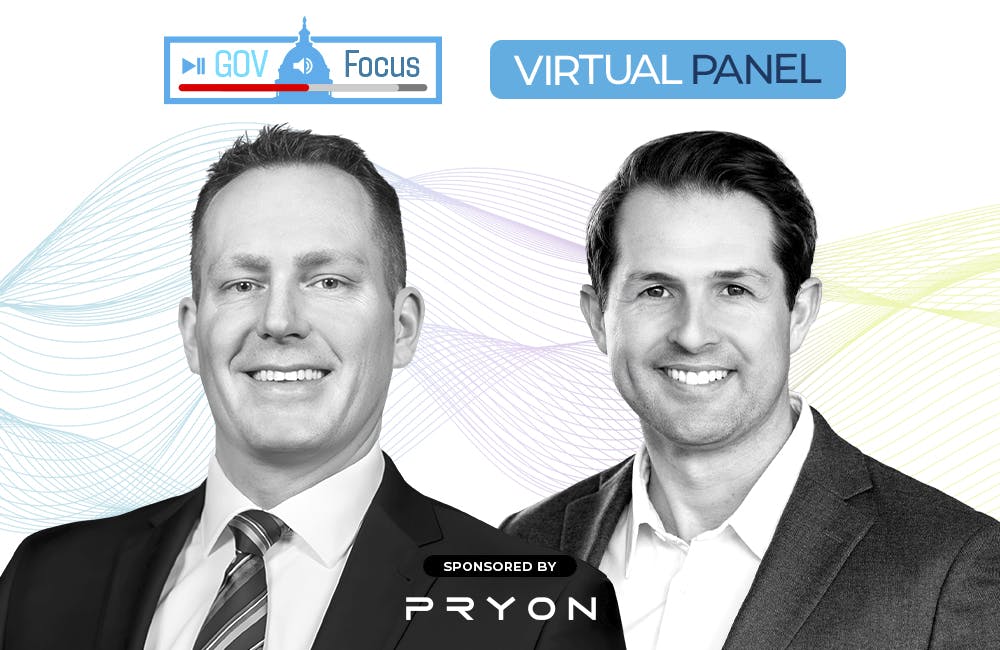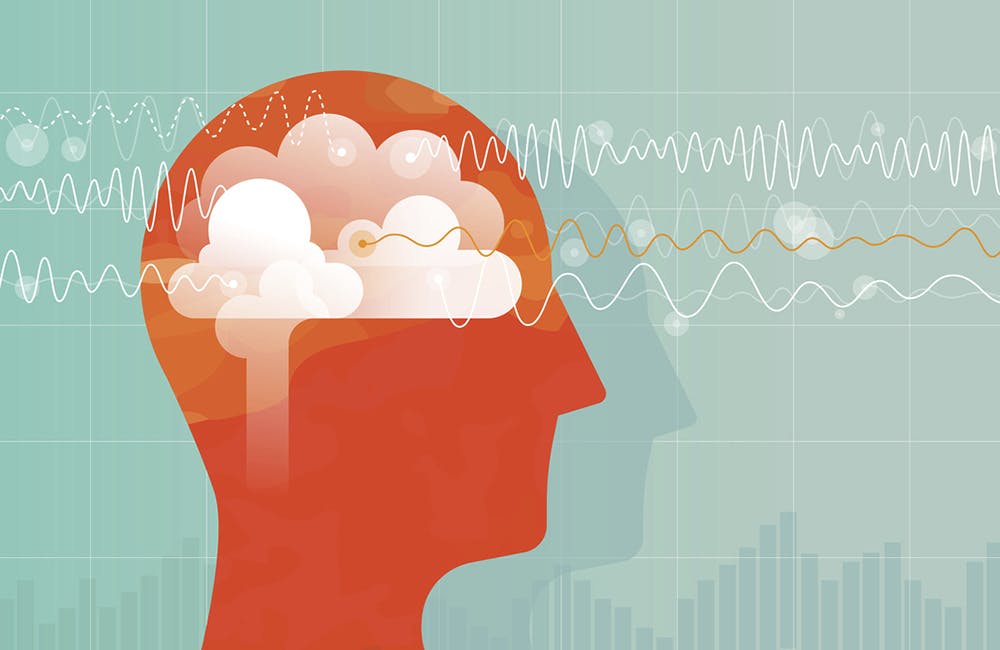NIST’s Vision for the Future of Smart Health Care Systems
The agency’s software chief has a framework for technology’s impact on health IT.

Digital developments across the federal government will have transformational impacts in health care around smart systems, according to National Institute of Standards and Technology (NIST) Software and Systems Division Chief Ram Sriram. Part of this will fall under what Sriram dubbed “digital revolutions.”
“We have three digital revolutions which are going on right now,” Sriram said. “The internet revolution, the genomic revolution and the artificial intelligence revolution.”
A long-time leader in engineering, computer science and health care, Sriram has spent decades analyzing and predicting the course of the digital revolution.
His vision — a concept he refers to as the “P9” — sets out a framework for how emerging technology should be used to revolutionize health systems:
- Personalized: Treatments are tailored to the patient.
- Predictive: EHRs and genomic data are used predict diseases.
- Preventative: Machine learning and analytic tools are used to prevent the onset of diseases.
- Participatory: Patients actively participate in the diagnosis and treatment process.
- Pervasive: Health care is available anytime, anywhere.
- Precise: Based on health data, decision-analytic tools precisely determine the cause of a disease and recommend appropriate therapies.
- Privacy preserving: Patient data is private and protected.
- Protective: Patients are protected from harm and digital systems are secure.
- Priced reasonably: Health care costs are affordable.
Sriram refers to the way that the “internet of things” interacts with formal human processes, like medicine, as a cyber-physical human system. An example of this is doctors responding to data from wearable health sensors, such as electrocardiogram (ECG) monitoring from smart watches. He also defines informal digital social engagement as the “Internet of People.” The convergence of all of these interactions he calls the smart network systems and societies.
“You have these interconnected cyber physical and social systems, and this I call the smart network systems and societies,” Sriram said.
There are many applications for transformed health care in Sriram’s vision of smart networks, particularly within electronic health records.
“For some of you, the doctor enters all your information into what is known as an electronic health record,” Sriram said. “The genomic analysis, your gene profiles, can actually be incorporated into these electronic health records.”
One use case for smart electronic health records involves using physiological sensors, environmental sensors and AI to assist asthma patients.
“Asthma is a big problem in the United States,” Sriram said. “Here’s an application, which the folks at [the University of California, Irvine] developed. … You have physiological sensors; in Apple Watch it generates your ECG and so on. All that information is generating what is known as the health persona. … What happens in this case is there’s a lot of sensors in the environment which can find out what the pollution level is. … And then there is an AI system incorporated in there which will determine that if this AQI index is within a certain range, if you’re prone to asthma, then you should go inside or something like that. You can envision these kinds of things.”
Sriram has been developing these predictions and frameworks for decades and sees them beginning to come to fruition.
“Smart network systems and societies harness the power of sensors and information sources, and there’s strongly emerging participation from the patients and the doctors,” Sriram said. “This is what the 21st century is going to look like in the future. We envisioned this about 10 years ago, and I think this is going to happen. “
Looking ahead, Sririam said NIST is focused on interoperability and trustworthy AI.
“There are heterogeneous systems that are out here,” Sriram said. “You have the electronic health records, you have the genomic data, all the sensor data, and they have different formats. … One of the focus areas that we have at NIST is to deal with interoperability, and we are looking at various standards for doing this. And not only that, but how do you test the systems? We’re looking into trustworthy AI.”
The digital revolution has already spurred tremendous transformation in health care, but Sriram looks forward to what new collaborative capabilities will bring.
“We have a collective knowledge and intelligence of society,” Sriram said. “It took about 30,000 people to build the Taj Mahal, 100,000 people to build a great pyramid. Now imagine what the combined intelligence of millions of people are the entire intelligence on the internet can achieve and how it can transform health care.”
This is a carousel with manually rotating slides. Use Next and Previous buttons to navigate or jump to a slide with the slide dots
-

Trump Taps Maj. Gen. John Bartrum to Lead VHA
Nominated for VA's top health role, Bartrum brings over four decades of military and public service to the agency.
3m read -

DOE Accelerates AI Research to Defend Critical Infrastructure
The Energy Department and its national labs are increasing partnerships to advance AI research, scale new tools and boost national security.
3m read -

AI Revolutionizes Defense Decision-Making
AI enhances access to vital information for defense leaders, empowering faster, more informed decision-making on and off the battlefield.
29m watch -

Opinion: AI Is Reshaping Government, Can Contractors Keep Up?
To compete in the new AI-driven public sector, contractors must demonstrate the one thing machines can’t deliver: human originality.
4m read








